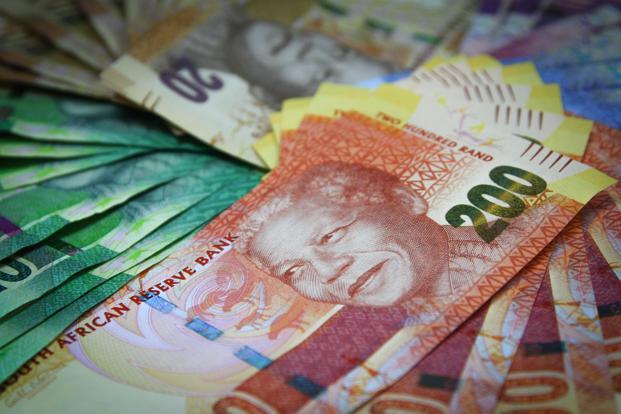
EXPORTERS are expected to cash in on the strengthening of the South African rand against the dollar.
BY TATIRA ZWINOIRA
The rand has been strengthening against the dollar in recent weeks reaching R13,84 to the dollar on Friday from an all-time low of R16,84 in January.
The strengthening of the rand has also meant importers will find it more costly to import goods from South Africa. Zimbabwe Cross-Border Traders’ Association secretary-general Augustine Tawanda told Standardbusiness last week that if the rand continued to strengthen, external trade would shift in favour of exporters.
“From an association perspective, we have always been export-oriented and it [strengthening of the rand against the dollar] obviously strengthens the exporting trader, the ones who take their wares to South Africa. When the rand was weak, it was more difficult to export to South Africa because you would get less money when you want to convert back to your original currency and pay more for the same exports. Whatever you sold in South Africa which you wanted to change from your rands to the United States dollar, you would actually pay more so our exports were really suffering,” Tawanda said.
“It [strengthening of the rand against the dollar] should be opening avenues for the exporter to become more viable and is actually working against the importer.”
He said the strengthening of the rand was bad news for the importer as they had to pay more.
According to the Mid-Term fiscal review, external trade totalled $3, 62 billion for the first six months of the year, imports consumed about 68% nearly $2,5 billion.
- Chamisa under fire over US$120K donation
- Mavhunga puts DeMbare into Chibuku quarterfinals
- Pension funds bet on Cabora Bassa oilfields
- Councils defy govt fire tender directive
Keep Reading
South Africa is Zimbabwe’s biggest trading partner accounting for 68% of the country’s exports and 40% of imports. This means about $1 billion worth of imports came from South Africa against $764,32 million exports to that country.
The rand has found strength in recent weeks due to stability in South Africa’s political climate thereby easing tension from investors. The strengthening was also influenced by the decision by the US not to hike its interest rates and an increased foreign currency exchange flows in South Africa, according to reports.
SME Association of Zimbabwe founder and executive officer Farai Mutambanengwe said though the rand had gained against the dollar, the impact was not significant as only the currency traders would be affected.
“You will find that with the weakening of rand, the United States dollar and South African rand dynamic has not been very good. But, I have not seen it [strengthening of the rand against the dollar] really moving that much. The current drop is not a huge difference because we are dealing with a small amount,” Mutambanengwe said.
The impact of the foreign exchange value comes at a time when there have been repeated calls for the adoption of the rand as a transactional currency while the United States dollar becomes a reserve currency.
Economist Tony Hawkins said the gain in the rand could be changed if the United States federal government was to hike their interest rates.
Currently, the United States interest rate hike will largely be dependent on the outcome of the on-going presidential elections.
“I would not get too excited over the fluctuations with the rand, particularly, because in the medium term the rand is looking like it will go down. However, if it continues on an upward trajectory, it would make it easier for Zimbabwe to export and imports would be a bit more expensive,” Hawkins said.
He said the unavailability of cash was already making it difficult for exporters while central bank regulations made it difficult for importers. In May, the central bank came up with an import priority list stipulating that essentials such as fuel, medicines and machinery among others would be given priority.
The difficulties for exporters stem from depressed nostro accounts, high demand for cash, low exports, remittances going through informal channels and externalisation of funds.
The strengthening of the rand comes as the central bank has come with a 5% export incentive to boost exports. The incentive is under a $200 million facility guaranteed by the African Export-Import Bank. Government has also restricted the importation of products with local equivalents in a bid to grow exports.











